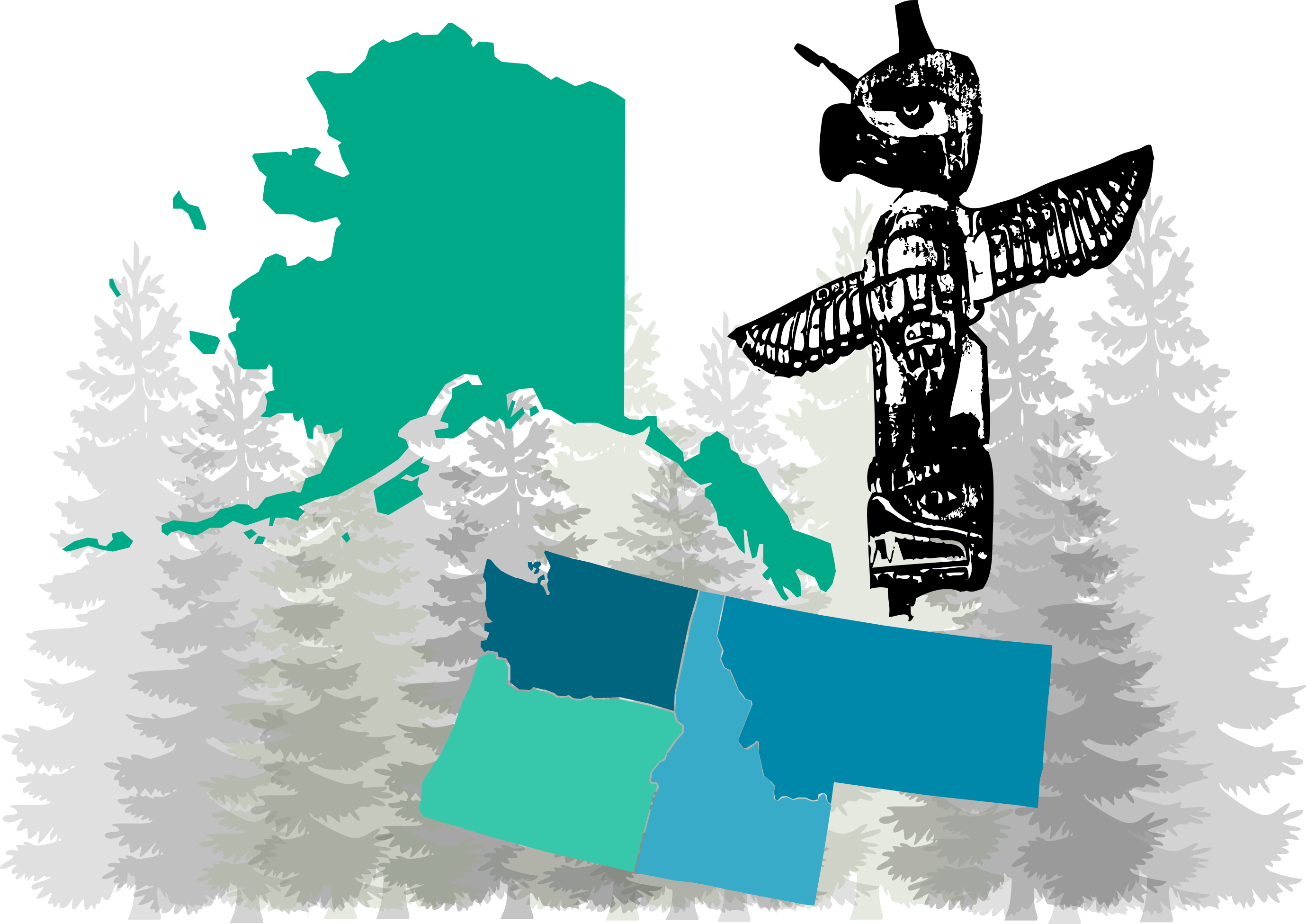The greater Pacific Northwest (Washington, Oregon, Idaho, Montana, Alaska) appears poised to gain two seats in the United States House of Representatives following redistricting in 2021, according to a new analysis published yesterday by Election Data Services, which followed this report from the United States Census.
EDS assesses that Oregon and Montana will each gain one seat in the House, while Washington, Idaho, and Alaska will continue to have the same number of seats they have today (ten, two, and the bare minimum of one, respectively.)
If the forecast is correct, Oregon would gain a sixth seat, while Montana would regain the second seat that it lost following the 1990 census and redistricting.
“Using any methodology, the population projections points toward a ten (10) seat change over seventeen states across the nation by year 2020,” the firm wrote.
“States that will gain single seats include Arizona, Colorado, Montana, North Carolina, and Oregon, while Florida is set to gain two congressional districts and Texas would gain three seats,” the report projects.
“Single seat losses will again occur in the Midwest and Northeast sections of the nation, where Alabama, California, Illinois, Michigan, Minnesota, New York, Ohio, Pennsylvania, Rhode Island, and West Virginia would each lose a seat. All other states would keep the same number of representatives they were awarded in December 2010 when the official 2010 Census numbers were released.”
Here’s the same information in table form:
States Gaining Districts (7) Arizona +1 (from 9 to 10) | States Losing Districts (10) Alabama ‑1 (from 7 to 6) |
The southwest and western regions of the country look like the prospective big winners from 2021 redistricting, at the expense of the Great Lakes and Mid-Atlantic states. Although California is forecast to lose a seat, Election Data Services says it will stay in the west and go to Montana.
The firm notes that California has never lost a seat from redistricting since statehood, so this would be a historic change.
Currently, the Pacific Northwest has nineteen seats in Congress and twenty-nine electoral votes. Our region would have a total of twenty-one seats in Congress beginning in January 2023 and thirty-one votes in the Electoral College beginning in 2024 if this analysis by Election Data Services is correct.
The addition of a new district would significantly change both Oregon and Montana’s representation in Congress. Oregon currently has four districts located on the western side of the Cascades and one on the eastern side.
In Oregon, redistricting is handled by the Legislature, which retains map-drawing powers, while in Montana, it is handled by a bipartisan commission.
If Oregon gets a sixth district, there will likely be more than one district spanning significant portions of the state’s eastern regions.
The possible result in Oregon is two safe Democratic districts, three districts that lean Democratic to varying degrees, and one safe Republican district.
Meanwhile, Montana would be split into two for the purposes of its representation in the House, just like Idaho is now. Both districts would likely be friendly territory for Republicans, but not impossible for a Democrat to win.
The results of last year’s midterms demonstrate that a Democrat can still win a federal race in the Big Sky State. Montanans opted last year to return Democratic incumbent Jon Tester to the United States Senate against the wishes of Donald Trump, dealing him and Mitch McConnell a major loss.
EDS’ full report is available below if you’d like to read more.
EDS analysis of 2021 redistricting
